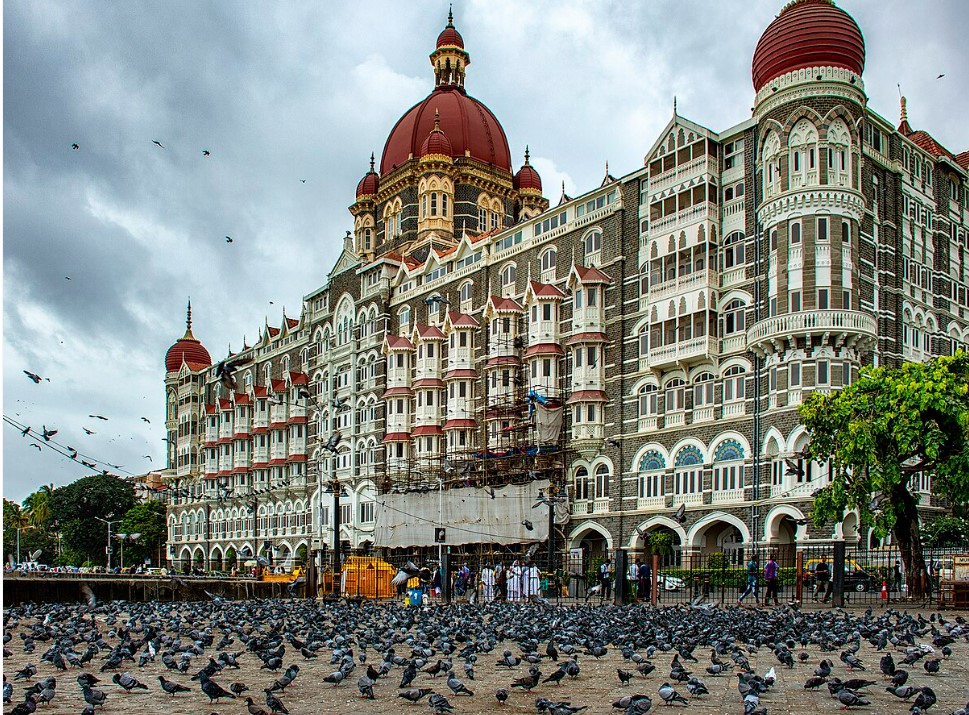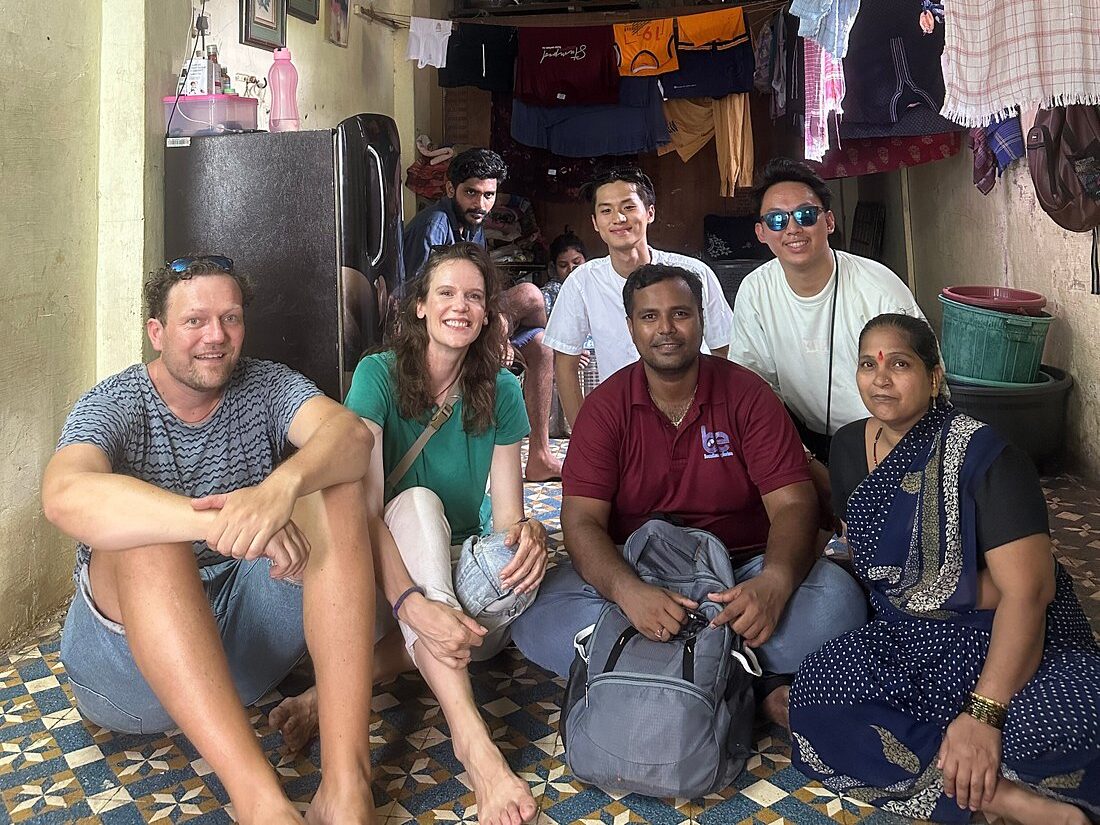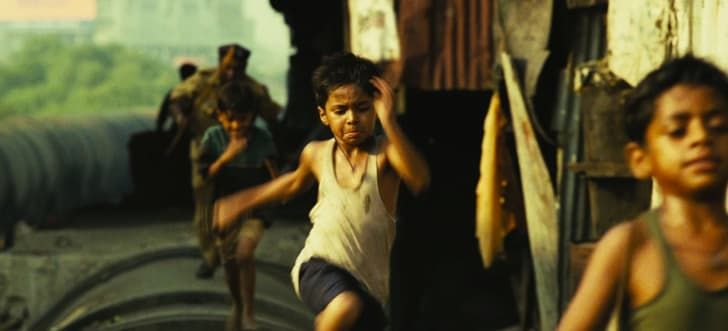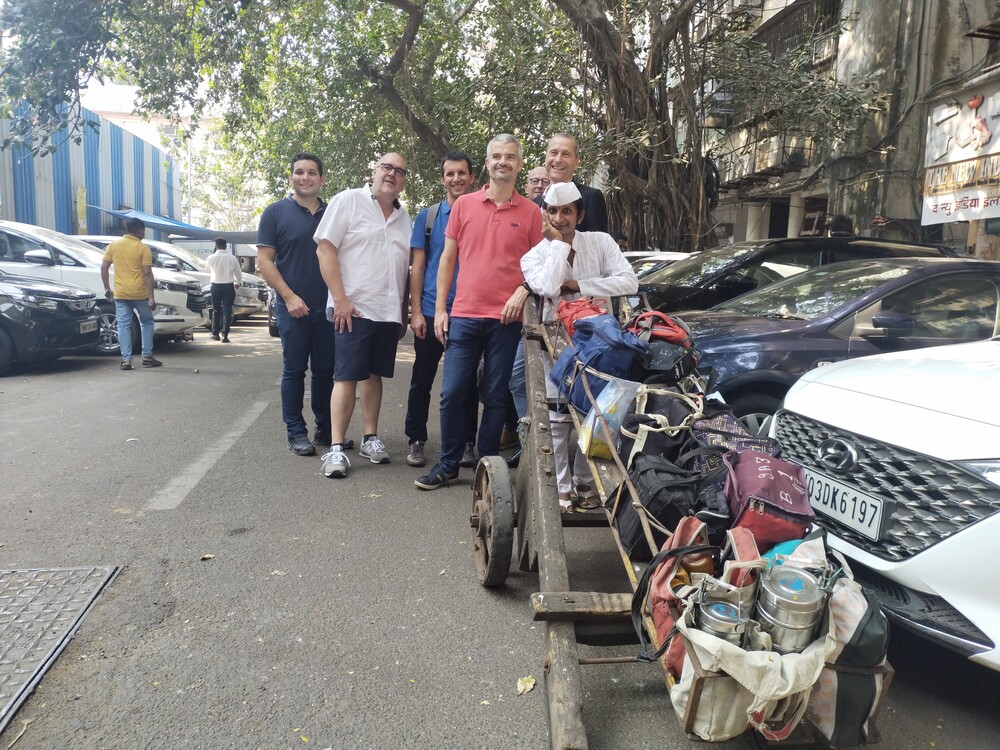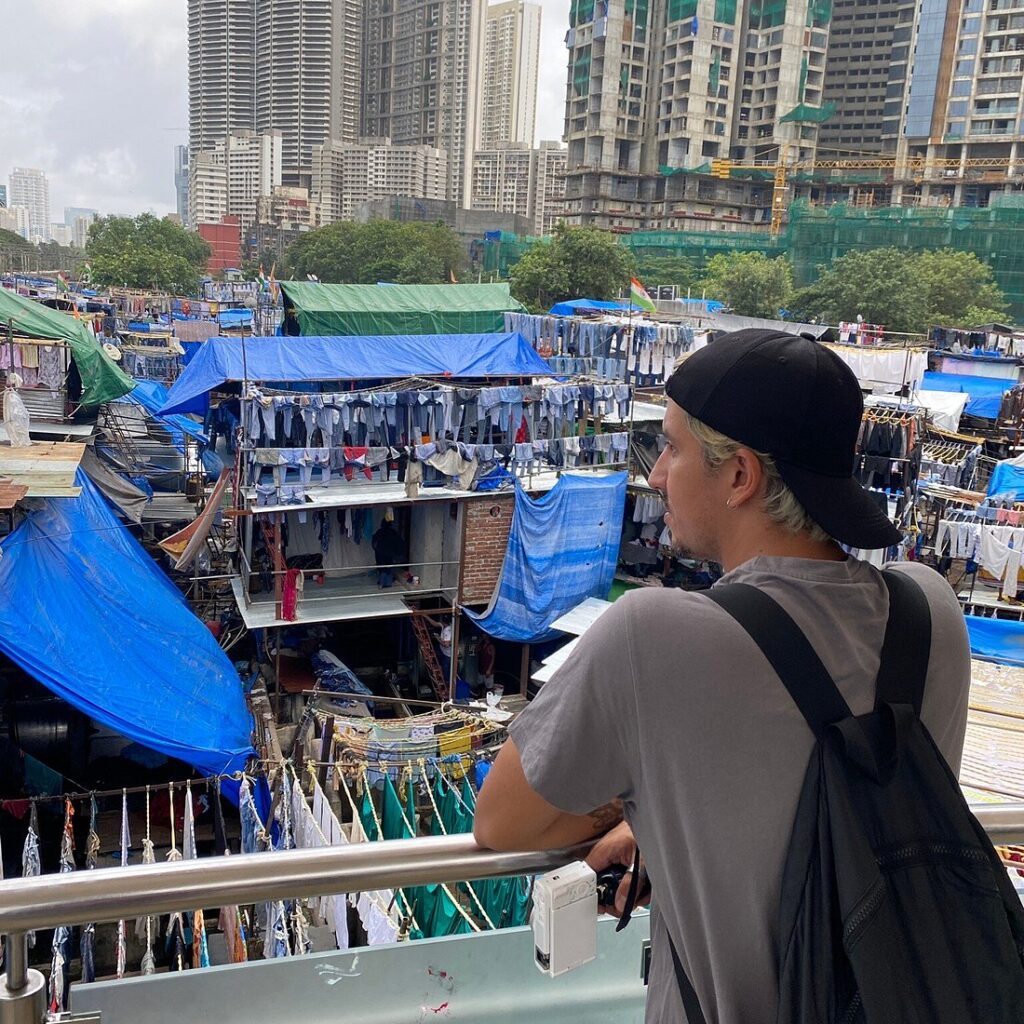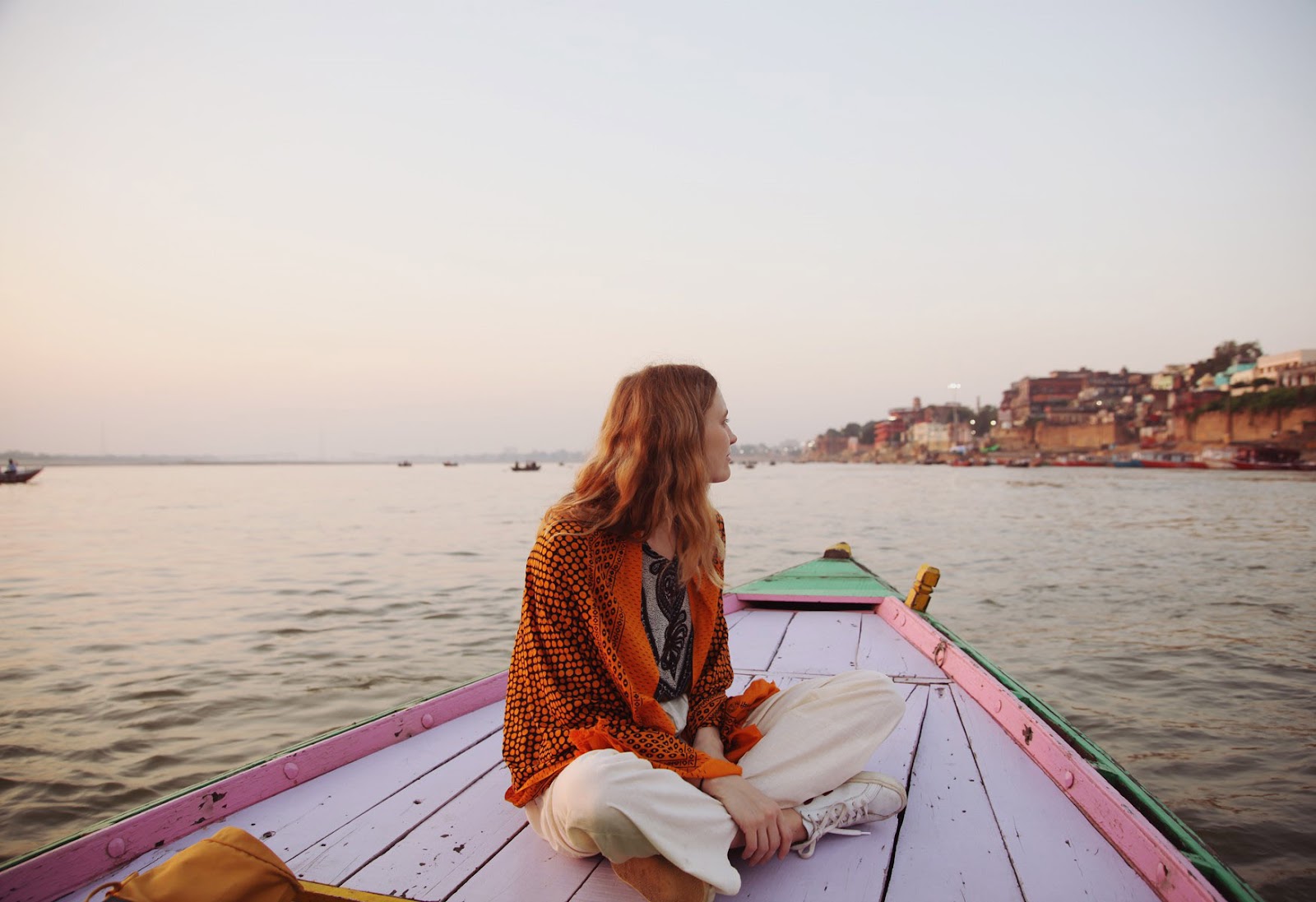Mumbai, the bustling metropolis on the western coast of India, is a city steeped in history and rich in culture. Among its many iconic landmarks, the Taj Mahal Palace stands as a testament to the city’s grandeur and resilience. This magnificent structure, located near the Gateway of India, is not only a symbol of luxury and hospitality but also carries a storied past filled with fascinating historical details. In this article, we will delve into the history and interesting facts surrounding the Taj Mahal Palace in Mumbai, a must-visit destination on any Mumbai sightseeing tour.
Historical Roots:
The Taj Mahal Palace, Mumbai, was conceived and built by Jamsetji Tata, a visionary Indian industrialist, as a response to the racial discrimination he faced at Watson’s Hotel, which was then reserved exclusively for Europeans. Determined to provide Indians with a luxury hotel that would rival the best in the world, Tata began construction in 1898, and the hotel opened its doors on December 16, 1903.
Unique Architectural Blend:
The Taj Mahal Palace’s architecture is a captivating fusion of various styles, predominantly featuring a blend of Indo-Saracenic and Moorish architectural elements. Its striking red-domed exterior and intricate detailing make it an architectural masterpiece that seamlessly integrates Indian, Islamic, and European influences. The grandeur of its design is truly captivating, making it a must-see attraction on any Mumbai tour.
Historical Significance:
The Taj Mahal Palace has witnessed many significant historical events. During World War I, it served as a hospital for wounded soldiers, a testament to its adaptability and contribution to society in times of need. It has also been a backdrop for numerous political gatherings and international conferences, solidifying its place in India’s modern history.
The 2008 Mumbai Attacks:
One of the most poignant chapters in the Taj Mahal Palace’s history is its resilience during the 2008 Mumbai terrorist attacks. The hotel was one of the primary targets of the attackers, and it suffered extensive damage. However, it was painstakingly restored, a process that took nearly two years and cost approximately $37 million. The reopening of the Taj Mahal Palace in 2010 symbolized Mumbai’s determination to bounce back from tragedy, and it stands today as a testament to the city’s indomitable spirit.
Luxury and Elegance:
The Taj Mahal Palace, Mumbai, is synonymous with luxury and opulence. It boasts a stunning array of rooms and suites, each designed with a unique blend of contemporary and traditional decor. Its restaurants offer a diverse culinary journey, including Indian, Chinese, and international cuisines. The hotel’s iconic Sea Lounge, known for its afternoon tea, offers breathtaking views of the Arabian Sea, making it a perfect spot for relaxation and indulgence.
Interesting Facts:
Signature Service: The Taj Mahal Palace is renowned for its impeccable service. It is said that the hotel staff once carried a guest’s lost earring to Switzerland to have it repaired and returned promptly.
Star-Studded Guests: Over the years, the hotel has hosted numerous celebrities, dignitaries, and world leaders, including Mahatma Gandhi, Queen Elizabeth II, and Barack Obama.
Art Collection: The hotel houses an impressive collection of art and artifacts, including original oil paintings and rare antiques, which add to its grandeur and cultural significance.
Conclusion:
The Taj Mahal Palace, Mumbai, is not just a luxury hotel; it’s a living testament to Mumbai’s history, resilience, and cultural heritage. As you embark on your Mumbai sightseeing tour, make sure to include a visit to this iconic landmark to marvel at its architectural beauty, learn about its storied past, and experience the grandeur and luxury it continues to offer to travelers from around the world. The Taj Mahal Palace is a true jewel in Mumbai’s crown, embodying the city’s spirit and inviting all to be part of its captivating story.
If you are planning to attend Ganesh Chaturthi this year, please feel free to send us an inquiry on Mumbai@boundlessexplorism.com OR you can contact and also send us a WhatsApp message at +91 98210 90223.
